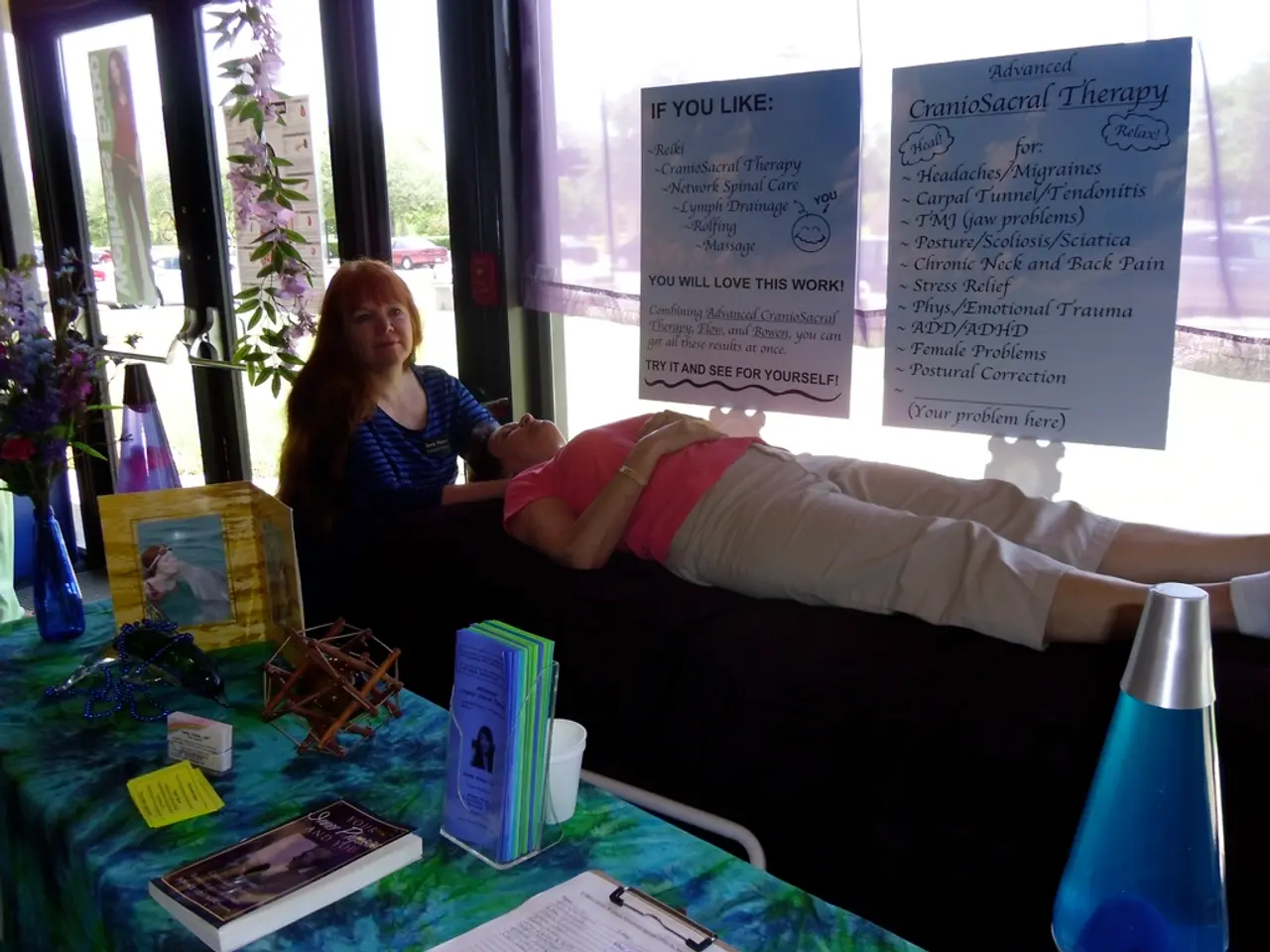Treatment of Carpal Tunnel Syndrome Through Physiotherapy Interventions
Physical therapy is a key component in the management of Carpal Tunnel Syndrome (CTS), a condition that affects the hands and wrists. CTS is caused by compression of the median nerve in the carpal tunnel, leading to symptoms such as pain, numbness, tingling, and weakness in the affected hand.
In the treatment of CTS, physical therapy sessions can be conducted in a clinical setting or at home under the guidance of a therapist. The goal of physical therapy is to relieve pain, improve function, and prevent further progression of the condition.
Physical therapists design comprehensive treatment plans for CTS, which may include exercises, stretches, and modalities to reduce inflammation and improve wrist mobility. Techniques such as joint mobilization and soft tissue massage can be used to reduce pain and improve the mobility of the hand and wrist.
In addition to these physical interventions, physical therapists provide education on proper ergonomics and work habits to prevent further injury. They can also suggest modifications to workstations or daily activities to reduce strain on the wrist and hand.
In some cases, physical therapy may be used in conjunction with other treatments, such as surgery or medications. For instance, surgery for CTS may require a period of postoperative rehabilitation, which may involve physical therapy to regain strength and mobility in the hand and wrist.
Patients can benefit from education on proper body mechanics, posture, and techniques for preventing excessive strain on the hand and wrist. Physical therapists can also teach specific exercises to stretch and strengthen the muscles and tendons in the hand, wrist, and forearm.
The effectiveness of physical therapy for CTS depends on the severity of the condition and the individual's response to treatment. In mild cases, conservative treatments like rest, ice packs, splints, and NSAIDs may be sufficient.
In Germany, physiotherapy services for treating CTS are offered by specialized therapy centers within hospitals, hand therapy practices, and orthopedic clinics. For example, the Evangelisches Krankenhaus Oldenburg’s Neurochirurgie department, Praxis für Ergotherapie Franziska Knuth, and Schön Klinik München Harlaching all offer both conservative physiotherapeutic and surgical treatments for CTS.
It is important to consult with a qualified healthcare professional, such as a physical therapist, if you suspect you may have CTS. They can conduct a thorough evaluation, provide an accurate diagnosis, and develop an individualized treatment plan to address your specific needs.
The duration of physical therapy for CTS can vary, depending on the individual's progress and the severity of the condition. However, with consistent effort and guidance from a physical therapist, many individuals with CTS can experience significant improvement in their symptoms and overall quality of life.
Read also:
- Understanding Hemorrhagic Gastroenteritis: Key Facts
- Stopping Osteoporosis Treatment: Timeline Considerations
- Tobacco industry's suggested changes on a legislative modification are disregarded by health journalists
- Expanded Community Health Involvement by CK Birla Hospitals, Jaipur, Maintained Through Consistent Outreach Programs Across Rajasthan








